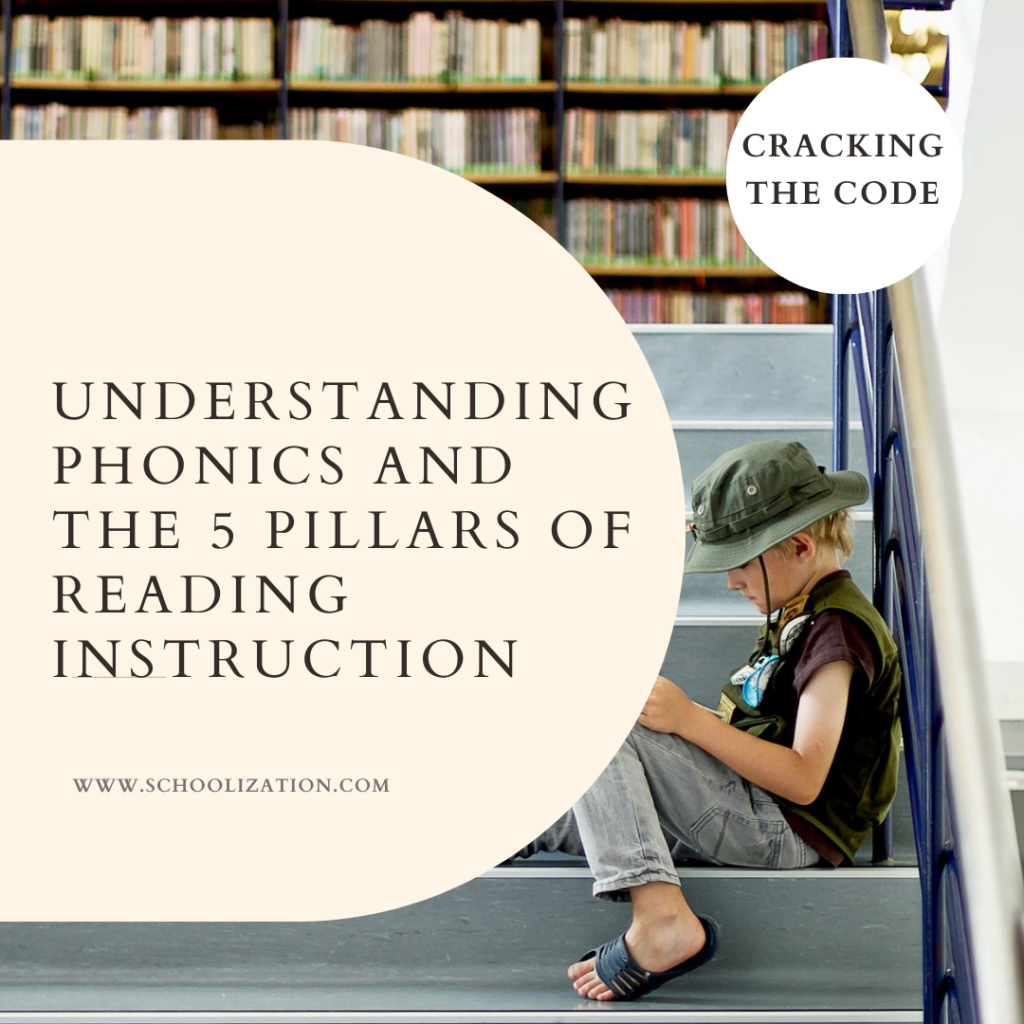Reading is a fundamental skill that opens up a world of knowledge and imagination. For children
learning to read, phonics plays a crucial role in developing strong literacy skills. Phonics is one of the
innovative teaching methods for the relationship between sounds and letters, enabling children to
decode and comprehend written words. In this blog post, we will explore the five main phonics learning
categories: decoding, phonemic awareness, vocabulary, fluency, and accuracy. Understanding these
categories will provide valuable insights into the building blocks of reading proficiency.
- Decoding: Cracking the Code of Words
Decoding is the process of using letter-sound relationships to decipher written words. By learning
phonics, children acquire the tools to break down words into their sounds and blend them to form
meaningful words. This skill empowers them to independently read unfamiliar words, enhancing their
overall reading comprehension.
2. Phonemic Awareness: Listening to the Sounds
Phonemic awareness is the ability to identify and manipulate individual sounds, or phonemes, in spoken
words. It involves recognizing that words are made up of distinct sounds and understanding how these
sounds blend to form words. Developing phonemic awareness is crucial for successful phonics
instruction, as it enables children to connect sounds to corresponding letters and improve their reading
accuracy. You can also get Super Phonics Flashcards from Schoolization that will help your children
learns letter mixes and letter sounds.
3. Vocabulary: Expanding Word Knowledge
An extensive vocabulary is essential for effective reading and communication. Phonics instruction helps
children understand the relationship between letters and sounds, enabling them to recognize and learn
new words. By building a solid foundation in phonics, children can expand their vocabulary, comprehend
texts more effectively, and express themselves more confidently.
4. Fluency: Reading with Speed and Expression
Fluency refers to the ability to read effortlessly, with speed, accuracy, and expression. Phonics
instruction aids in developing fluency by teaching children to decode words automatically, reducing the
need for constant word-by-word decoding. As children become more fluent, they can focus on
understanding the meaning and context of the text, leading to improved comprehension.
5. Accuracy: Reading with Precision
Reading accuracy involves recognizing and decoding words correctly. Phonics instruction helps children
develop accuracy by teaching them the relationship between letters and sounds, enabling them to read
terms with precision. As children gain confidence in their phonics skills, their reading accuracy improves,
leading to greater comprehension and enjoyment of texts.
Phonics instruction forms the foundation for learning to read, providing children with essential skills for
decoding, phonemic awareness, vocabulary development, fluency, and accuracy. Understanding these
five main categories of innovative teaching methods allows educators and parents to guide children
effectively on their reading journey. By integrating phonics into reading instruction, children can develop
strong literacy skills, unlocking a lifelong love for reading and learning.
Remember, as children engage in phonics activities, its crucial to make learning enjoyable, incorporating
games, interactive exercises, and real-world examples to foster their enthusiasm and motivation. With a
solid understanding of phonics, children will have the tools to unlock the wonders hidden within the
pages of books, empowering them to explore and grow their knowledge independently. Sight words
flashcards are a good option for your child to recognize over 100 essential reading words.
Click here to view flashcards: https://schoolization.com/product/
Have any tips for helping kids understand phonics and improve their reading skills ? We’d love to hear them! Leave a comment below or send us an email!

